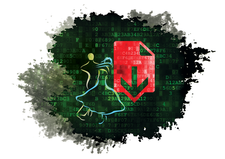The state of the classic NFS filesystem
Whither NFS

The NFS network filesystem has served Unix and Linux networks for many years, but the demise of NFS inventor Sun Microsystems as an independent company has thrust NFS into a creative crisis. Will this veteran from the early days of Unix find the strength to rise again?
Ever since Oracle acquired Sun Microsystems, the development of the once-omnipresent Unix network filesystem NFS has slowed considerably. Competitors such as Samba, and a new class of distributed network storage solutions, are competing with NFS for mindshare and market share within the open source community. Has NFS gone away? Not really, but it could surely use a burst of energy to regain some of the momentum it has lost to competitors.
NFS development is now the responsibility of the Internet Engineering Task Force (IETF). The current NFS version is number 4.1, which is described in RFC 5661 [1]. (RFC 5661 dates back to 2010, which gives an indication of the current level of development activity.)
The current Linux implementations [2] consist of several parts. The NFS server, the NFS filesystem, and the Sun remote procedure call (RPC) are part of the Linux kernel. Today, admins will only want to deal with NFSv4. The NFSv3 architecture from the Unix heyday is not fit for today's security landscape (Figure 1); for instance, NFSv3 handles authentication client-side, blindly trusting in its security.
[...]
Buy this article as PDF
(incl. VAT)
